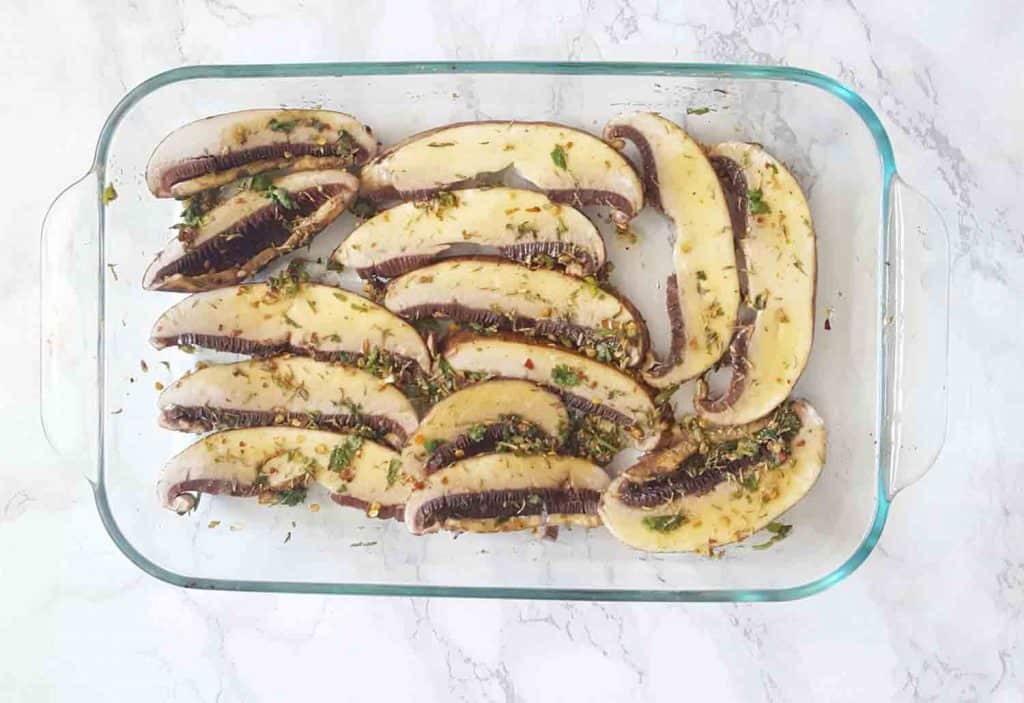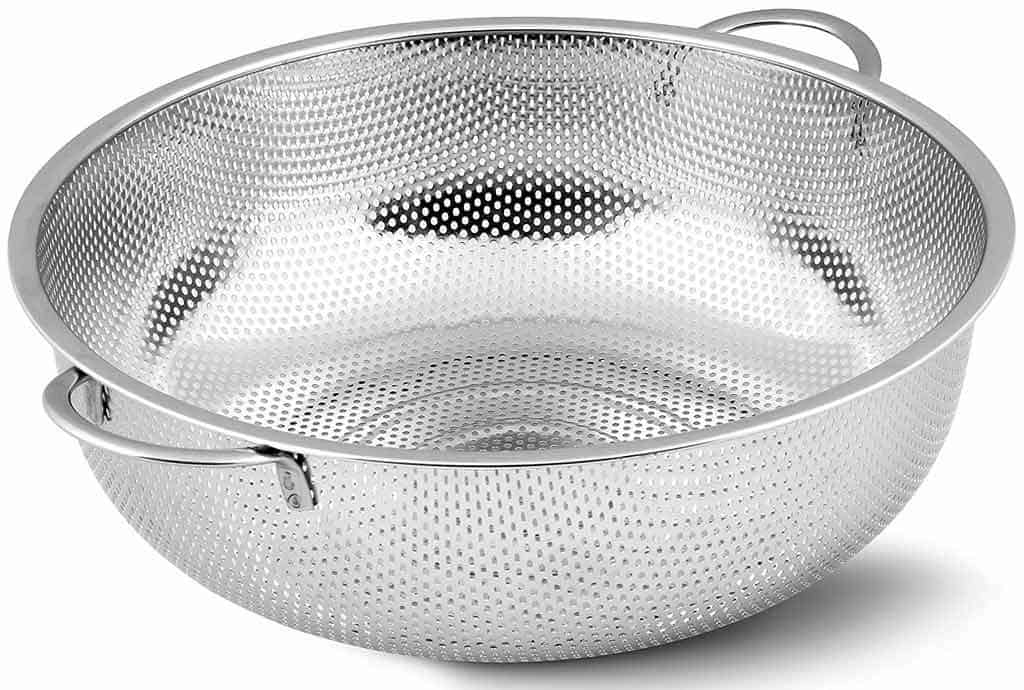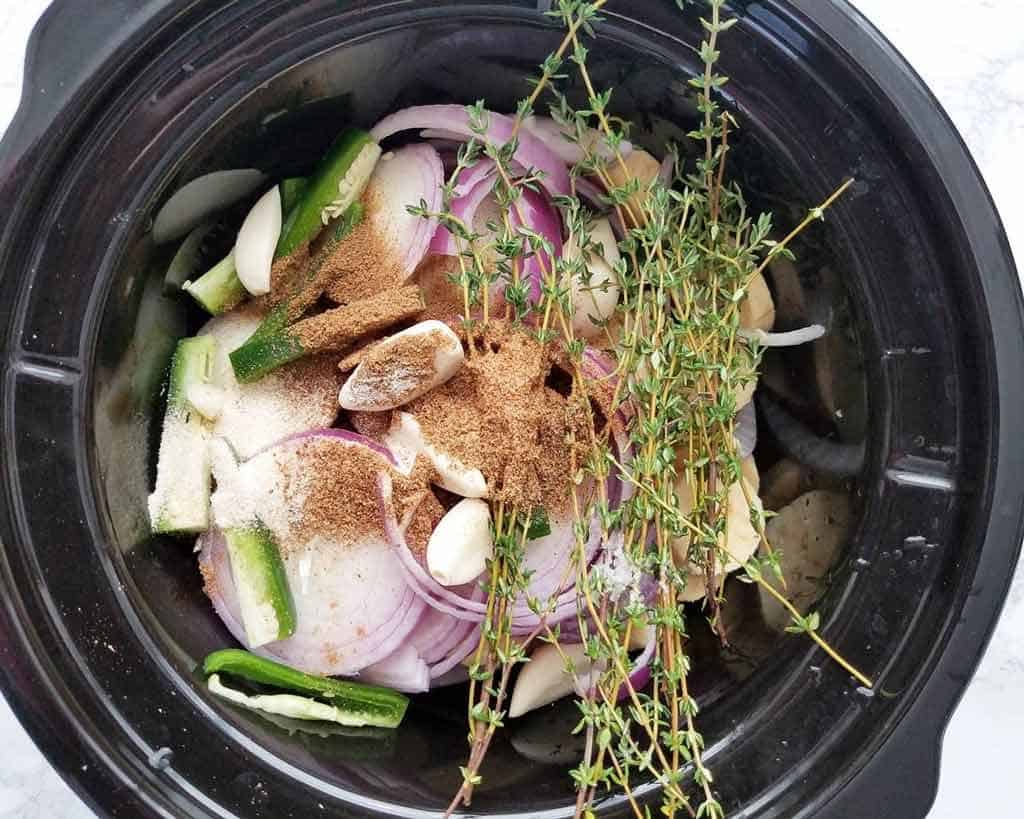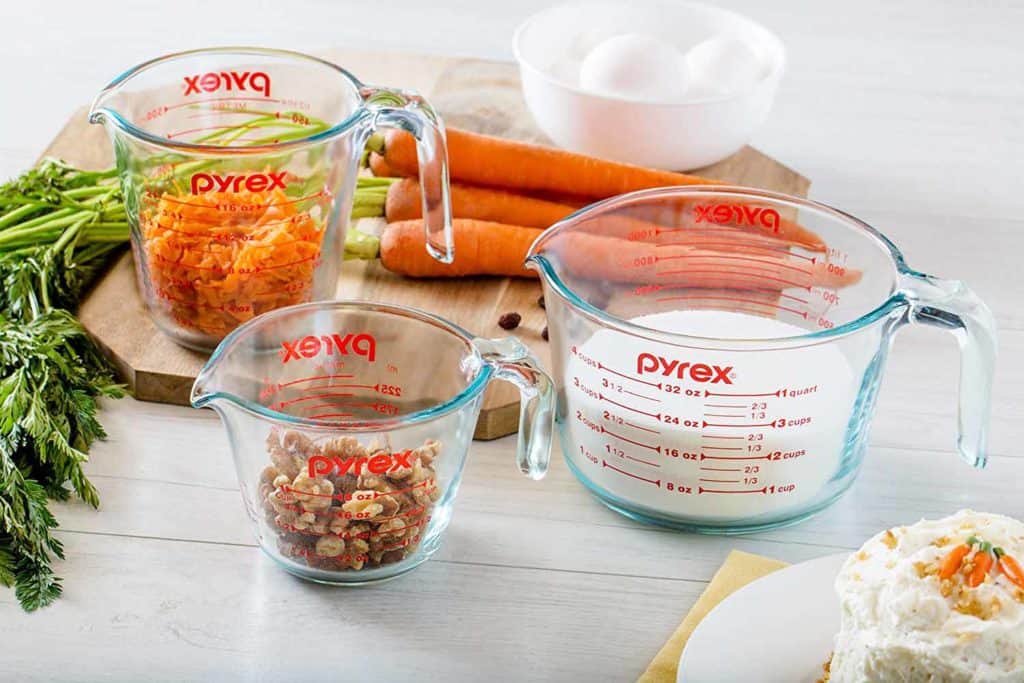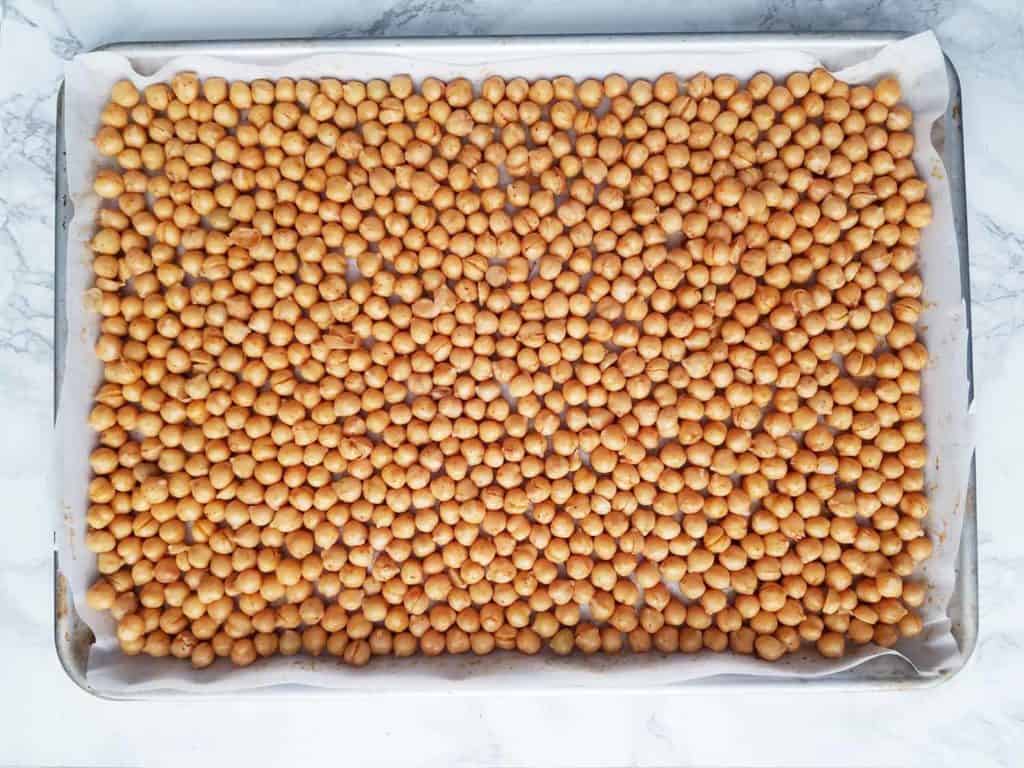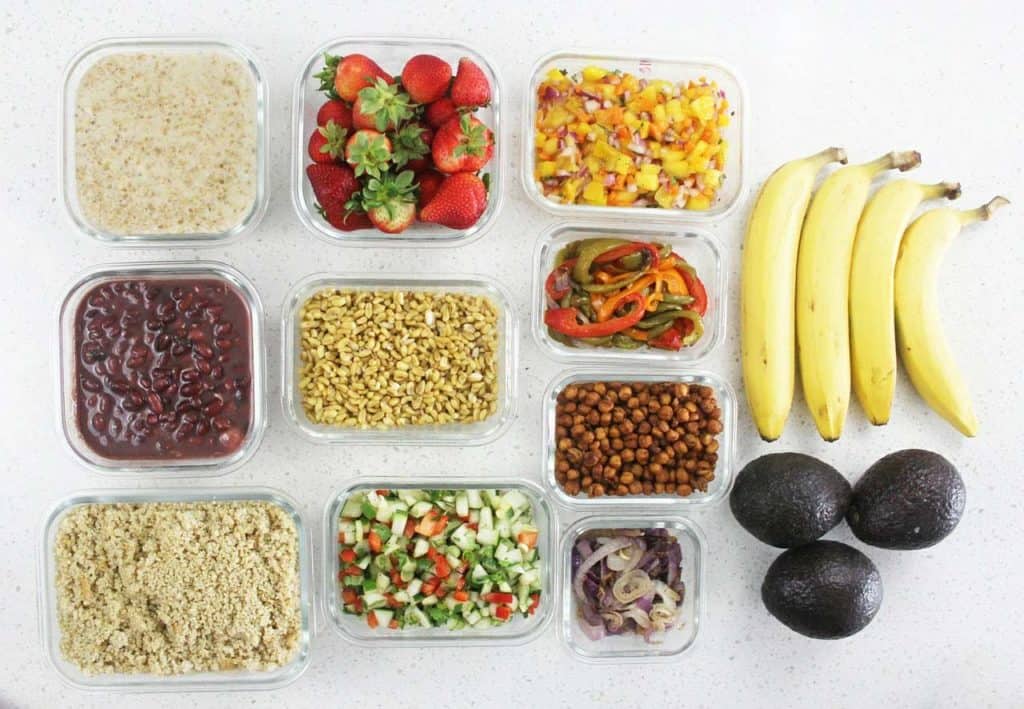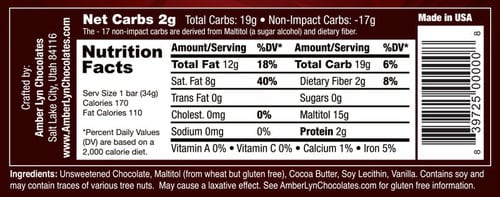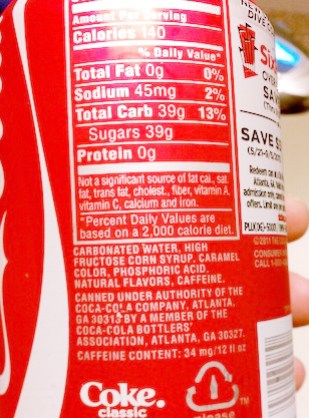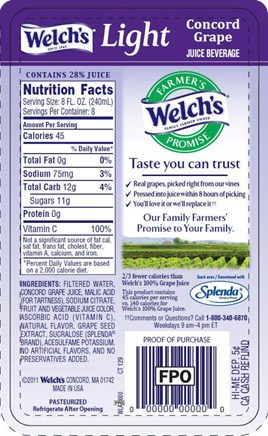- Blog post
The Ultimate Guide: Kitchen Tools Beginners Need to Meal Prep Healthy

It’s Saturday morning and you are excited to prep a healthy lunch for yourself.
Like a good student, you’ve done all the preparation.
You found a recipe that is not too complicated and you even picked all your ingredients from the grocery store.
As you start to review the instructions, you realize there are at-least two kitchen tools you are missing.
Don’t you hate it when that happens?
It’s like no matter how hard you try, there is always something keeping you from eating better.
You start to wonder,
How are you supposed to know which kitchen tools you need to eat healthily?
As a beginner, do you need every single tool listed in every single recipe?
If so, why do you need these tools? Are you going to use them more than once?
You want to believe you can make this work.
The question is how?
Good news:
You do not have to buy every single kitchen tool in every single recipe you want to try.
However,
There are some kitchen tools that will make your journey a little easier.
This ultimate guide is designed to help you decide which kitchen tools you absolutely need as a health-conscious cook.
Make sure you save it and share with your loved ones around your birthday, and the holidays :-).
Before you get started with the kitchen tools,
Here are some things you need to know.
No.
You do not need to run and buy every single item on this list.
Yes.
You should go through your kitchen and check off any items you already have using the Kitchen Tools for Beginners Checklist below.

You’ll be surprised at how many of these tools are already in your kitchen.
No.
You do not need to go with my recommendations.
The items recommended in this post are items of my personal use that have worked well for me over the years.
You’ll see a range of price options for different budgets.
Do what’s best for your budget.
Next –
Let’s talk cookware safety.
Did you know that some containers can leak toxins into your food?
Yep.
Unfortunately, some pots and pans can do the same thing.
Ok, I know what you are thinking?
Nory, how do I know what is safe?
No need to worry.
The folks at Gimme the Good Stuff researched it for you.
Here is what you need to know about the safety of your kitchen tools.

Cookware is made of a variety of materials. As the New York Times reports, some are safer than others.
Check out the breakdown below:
Safe Materials
- Ceramic: True ceramic is life. Beware of brands that coat their ceramic with nonstick materials. We already went over this. Teflon is no Bueno.
- Porcelain Enamel: Enamel is a form of glass. Enameled cookware is most often cast iron with an enamel coating.
- Tempered glass: Truly the safest route. There is cookware made of tempered glass, and if it is in your budget, you should grab it.
- Crockpot: These have a ceramic insert and must pass FDA regulations for lead. If you are concerned, get a cheap test kit and check your crock pot for lead.
Safe-ish Materials
- Cast iron: The cast iron can help prevent anemia by adding more iron to your food. Switch between cast irons and other pans during the week to avoid ingesting too much iron.
- Stainless steel: These are mostly good. However, stainless steel is made with nickel and once again too much of anything can be a problem. Switch it up during the week to keep it on the safe side.
- Titanium: The only reason to be cautious about titanium cookware is that it seems that most manufacturers now coat their titanium cookware with non-stick finishes, which brings us back to Teflon. Moral of the story? Avoid cookware that is coated with non-stick finishes.

Use with Caution
- Aluminum: Avoid all aluminum cookware. Note that pans with an aluminum core within cookware made of safer metals (such as stainless steel) are fine.
- Unprotected Copper: Too much of anything is not right for you. Too much copper in your body can be toxic. Some foods react with unprotected copper cookware and leach too much copper into your food.
- Non-stick /Teflon: You might have heard Teflon is safe, I thought it was too. Until learning how toxic it is. The EPA told companies in 2015 to phase it out. The American Cancer Society even weigh in on this.
- Plastic: Apparently you can get a plastic pot. Yea, don’t do that. While we are at it, do not microwave your food in plastic either.
So what does this all mean?
As you decide which tools to purchase keep an eye out for materials that are not safe for you and your family.
Keep in mind that your budget will also dictate how safe you can go. Start where you are and slowly save for safer cooking ware.
Now let’s dive into the list of kitchen tools.
Remember you do not need to buy every single item on this list right away.
Take your time and start with the items you will use the most.
Kitchen Tools
Baking Dish
If you want to start meal prepping you need this in your life. Baking is the most time efficient way to cook multiple things at once. You can use it to cook all your vegetables, meats, and even rice in the oven. I own a set of two which are great when preparing different types of fish or veggies for the week. They are easy to use and easy to clean. Plus, they are dishwasher friendly. They are great to marinate mushrooms too.
Nory’s Pick:
Baking Trays
Are you a fan or frozen items? My husband and I have a sweet spot for frozen potato wedges; our baking tray is perfect for them. You can also use them for things like cookies, bread, and other vegetables. We use ours at least once a week to make plantain chips. These are perfect for quick meals when you do not want to spend too much time in the kitchen.
Blender
Do you need a blender? Yes. Just not a fancy one. Blenders are great especially for people short of time. If you like to have breakfast on the go, blenders are perfect for smoothies, if you are into soups or purees, having a blender would change your life.
The question is, how much should you spend on a blender? That’s up to you and your budget. You can buy a blender only for smoothies, or you can invest in a set that includes attachments like food processors. You can start with something simple and get more attachments later.
Nory’s Pick:
Can Opener
Canned food is not the devil. If you are short on time, there are plenty of healthy canned options you can use to eat better. You will need a can opener. No way around this!
Chef Knives
Do you hate struggling to cut meat or vegetables? It has nothing to do with your strength and everything to with your dull knife.
A good chef knife is the answer to your cutting problems. This handy tool will help save time when cooking and make cooking your meals feel like a breeze. Seriously, when I invested in a chef knife, it changed my life. You can start with one and build a collection as you get more advanced in the kitchen.
Cloths
These are great for cleaning when you are cooking, and you can slip a damp towel under the cutting board to prevent it from moving. Cloths are great to keep your hands clean when you are cooking too.
Colander
Perfect for draining and rinsing canned goods, rice, pasta, vegetables. Get one on the bigger side to avoid running out of room. I use my colander every single time I cook.
Nory’s Pick:
Cooking Set
You need a cooking set sis. Once again, you don’t need Rachel Ray’s cooking set, just the essentials. A saucepan, a non-stick sauté pan, and a large stockpot. Depending on how much you cook and for how many people you might need different sizes, you just need the basics to get started.
What are they good for? The non-stick sauté pan is great for searing and sautéing meats, vegetables. The saucepan is perfect for cooking rice, vegetables, reheating soups and sauces. The large stockpot is great for making pasta, making stock, making chili, and making soup.
Crock Pot
Crock pots are slow cookers that are perfect for eating healthy on a budget. You can leave your slow cooker for hours or overnight to bring out the flavors in your food. Your slow cooker is perfect for making broths, chili’s, vegetables and everything else in between!
Nory’s Pick:
Cutting Board
If you do not have a cutting board in your kitchen, it is time to invest in one. Like yesterday. I recommend you invest in two cutting boards. One for meats and pungent items like garlic and onions. One for fruits and vegetables. Have you ever cut mangos or apples after cutting onions and tried to eat them? Take my word for it; it is not pleasant.
Foreman Grill
When I visited my now husband’s apartment for the first time, he used his Foreman Grill to cook grilled chicken for me. I was amazed at how great the chicken tasted and more importantly how fast it cooked.
If you do not have access to a grill this a great investment. You can use the ridged side for grilling anything you want and the smooth side for making eggs, pancakes, even tortillas. If space is an issue for you, this item is a lifesaver and a must-have.
Food Scale
If you are a beginner, the food scale is your new best friend. The food scale will help you keep your portions under control. How else are you supposed to know how big a 2 oz. is?
Download the checklist
Julienne & Vegetable Peeler
We all need a vegetable peeler. It is great for vegetables and fruits. Consider getting a julienne vegetable peeler because it will help you reinvent your food. Is like having a spiralizer and a peeler in one. You can make fine noodles from zucchini, carrots, beets, and other veggies perfect for salads or bowls. It is easy to clean and smaller than a spiralizer.
Measuring Cups
Some items on this list are designed to help you control your portions. Every single recipe you try will require measuring cups. How else would you know how much a cup, ½ a cup or even ⅛ of a cup means? Do not get fancy, a simple set of the one below will work just fine.
Nory’s Pick:
Measuring Spoons
Ever try to eyeball a ⅛ of a teaspoon of anything? How are you supposed to know how much that is? The good news is the measuring spoons will take care of that. Using these tools, you will avoid over seasoning your food, and you will better control how much salt and added sugar you use.
Meat thermometer
As a health-conscious new cook, food safety is your priority. How do you know if your food is ready? That’s where the meat thermometer comes in. The meat thermometer will help you avoid undercooking your food and keep you from getting sick.
Metal Tongs
Tired of burning your fingers trying to turn your food? Time to invest in metal tongs. Not only will they help you avoid injuries, but they will also help you cook your food evenly. These come handy especially when you are grilling.
Mixing Bowls
Don’t you hate it when you put dressing on your salad, and it is not equally distributed? Yea, me too. Mixing bowls would take of that issue. The bowls are also perfect for seasoning and marinating your meat, vegetables and anything your heart desires.
Oven mitts
Avoid burning your hand when checking on your goodies in the oven. These are also great for moving your pots while keeping your fingers injury-free.
Parchment paper
Parchment paper is grease- and moisture-resistant paper specially treated for oven use. You can use it to line cake molds and baking sheets, to wrap fish and to cover countertops during messy tasks to make cleanup easy.
Nory’s Pick:
Stirring Spoons and Spatulas
Stirring spoons are a must-have for cooking. You can use it in your soups, chillis, with your rice, stews, you name it. You can use it to flip, mix, stir and scrape your food. Wood is a great material because it is safe and easy to clean. Did you know that if you place a wooden spoon placed on the top of a pot it would keep it from boiling over? Yep. Give it a try!
Storage Containers
You might be thinking, you need fancy containers. You don’t. Having the right containers is essential because they help keep your food fresh.
For lunches and dinners, I recommend using glass. They are great because glass does not leak any chemicals into your food. For items like nuts, seeds, and fruits you can use BPA free plastic containers. Use these when you are on the road and need to have snacks handy. They are lighter and easy to carry.
Nory’s Pick:
There you have it.
Being a health-conscious cook is not always easy. There is lot’s to learn, and at times, you will get frustrated and overwhelmed.
Do not panic.
This list is the best place to get started.
Yes, this list is long.
However, remember, it’s a guide, not the rule of law. Be patient with yourself and start where you are.
You can do this.
Do not let your kitchen tools stand in the way of the healthiest and happiest version of yourself.
Afterall isn’t that why you are here?
So do it.
Download the checklist and review your kitchen today.
Unleash Your Best Self + Live A Life of Ease!
Master a life full of ease surrounded by ICONS committed to being the best version of themselves with joy, fun and enthusiasm.
